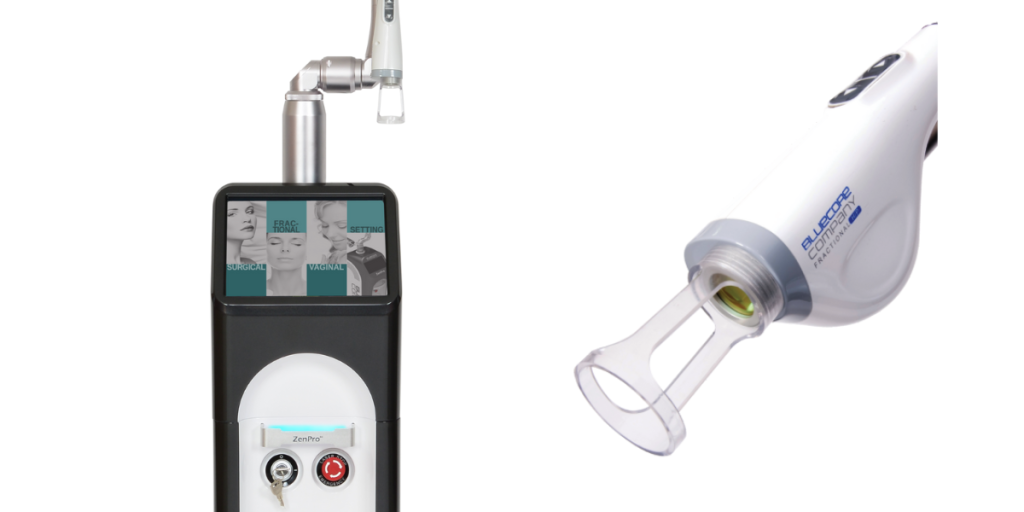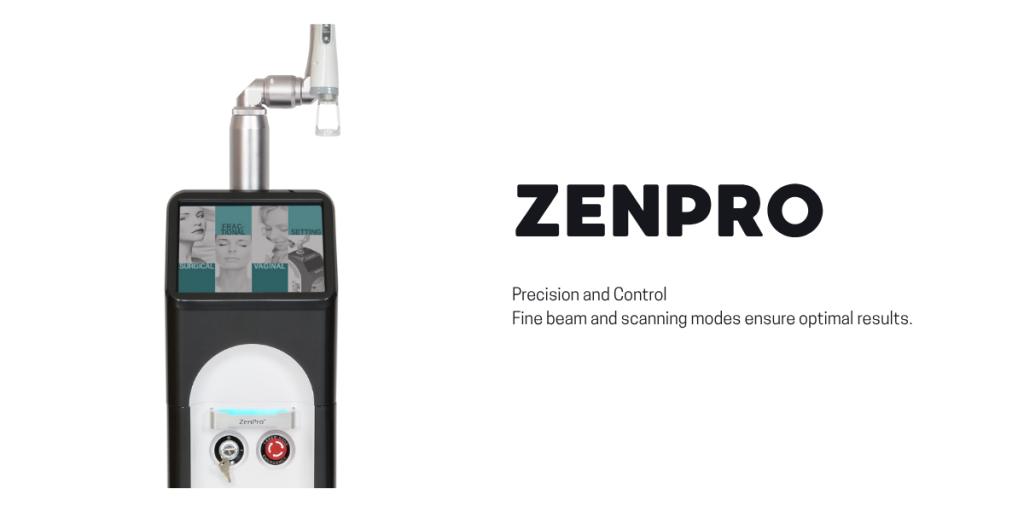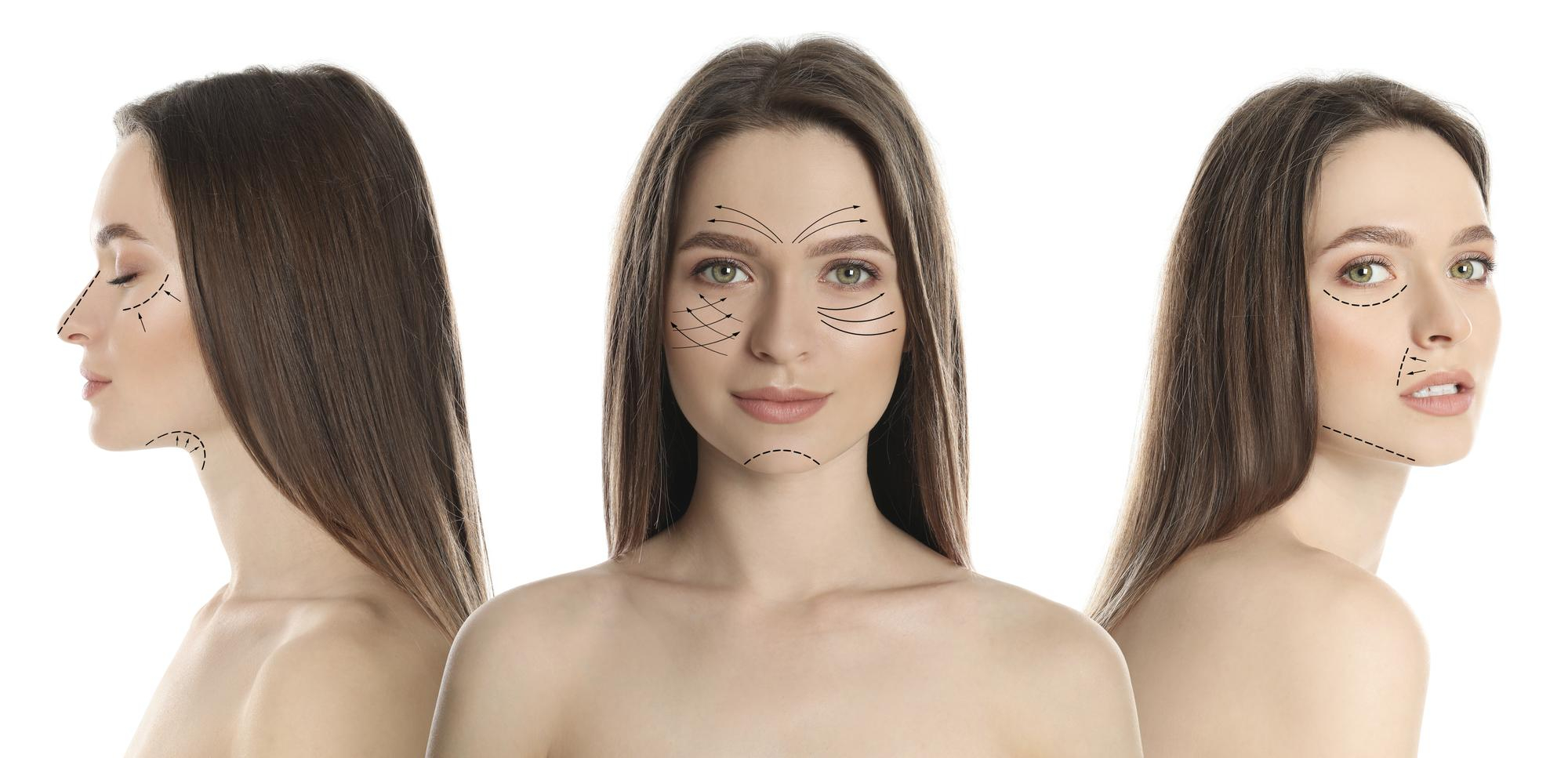Fractional CO2 Laser for Pigmentation or Melasma: What Works, What to Expect, and When to Consider It.
Melasma is notoriously stubborn. While creams and sun protection are foundational, some people wonder if a fractional CO2 laser (fractional co2 laser for pigmentation) can finally fade those blotchy patches. The short answer: it can help in carefully selected cases, but it’s not a first‑line treatment—and the way it’s done matters.
What is melasma—and why is it so hard to treat?
Melasma appears as symmetric, brown or gray-brown patches on the cheeks, forehead, upper lip, or jawline. It’s driven by a combination of genetics, hormones, heat, and exposure to light (especially visible and UVA light). Because pigment can sit in both the epidermis and the deeper dermis, it often relapses and demands long-term maintenance, not one‑and‑done fixes.
How a fractional CO2 laser for pigmentation works (and why that matters)
A fractional co2 laser for pigmentation creates thousands of microscopic columns of controlled thermal injury in the skin, surrounded by intact tissue that speeds healing. Unlike pigment-targeting lasers, CO2 energy is absorbed by water, not melanin.
That means:
- It can remove or remodel superficial tissue (including some pigment) and stimulate collagen.
- It’s powerful for texture and scars, but carries a real risk of post‑inflammatory hyperpigmentation (PIH), especially in medium to deep skin tones.
Clinics may use a medical‑grade fractional CO2 laser machine—sometimes described as a fractional laser CO2 machine or a CO2 laser machine for skin resurfacing—to deliver precise energy with adjustable density and depth.
Can a fractional CO2 laser help melasma?
Yes, in select scenarios and with a conservative plan. Think of the fractional CO2 laser for pigmentation as a supportive tool, not the star of the show.
Best candidates typically:
- Have mixed or dermal melasma that hasn’t responded to diligent topical therapy and sun protection.
- Are lighter skin tones (Fitzpatrick I–III). Darker tones (IV–VI) can be treated, but require extreme caution, test spots, and a specialist experienced with skin of color.
- Are willing to pre-treat and post-treat with pigment‑suppressing skincare and practice rigorous photoprotection.
What improvement looks like:
- Gradual lightening and smoother texture over 1–3 carefully spaced sessions, sometimes 15–40% improvement when combined with topicals.
- Results are variable; melasma can rebound if triggers aren’t controlled.
When it’s not ideal:
- During pregnancy or while breastfeeding.
- If you’re prone to PIH, have active infections, or can’t avoid sun/heat in recovery.
Safety first: risks and how pros reduce them
Potential side effects:
- PIH or rebound melasma
- Prolonged redness, swelling, and crusting
- Acne flares, milia
- Herpes simplex reactivation (cold sores)
- Rare scarring or hypopigmentation
How pros lower risk:
- Thorough assessment of skin type, melasma depth, and triggers
- Preconditioning with pigment-suppressing skincare (e.g., hydroquinone, azelaic acid, kojic acid) and strict daily sunscreen
- Test spots before full treatment
- Low energy, low density passes with longer intervals
- Combining with gentle topicals or laser‑assisted drug delivery (often tranexamic acid) rather than aggressive settings
What to expect: from consult to recovery
Before your session:
- 2–4 weeks of a tailored skincare plan (pigment suppressors, gentle retinoids if appropriate, strict sun/heat avoidance)
- Pause photosensitizing topicals as directed
- Antiviral prophylaxis if you get cold sores
- Patch/test area treatment
Day of treatment:
- Numbing cream, eye protection, and conservative settings
- Session typically 15–45 minutes, depending on the area
- Immediate redness and warmth; a sandpapery feel emerges as micro‑crusts form
Downtime and aftercare:
Days 1–3: Redness, swelling, bronzing
Days 3–7: Flaking and micro‑crusting—don’t pick
Keep skin moist with bland occlusives, cleanse gently, and avoid active ingredients until cleared by your clinician
Daily broad‑spectrum SPF 50+ with iron oxides (tinted formulas protect against visible light), hats, shade, and heat avoidance
Resume maintenance topicals as advised to prevent rebound
Not all lasers are equal for pigment
Fractional laser is a broad category. For melasma, non‑ablative fractional wavelengths (like 1550 nm or 1927 nm thulium) and picosecond lasers with diffractive lens arrays are often favored over ablative CO2 in many skin types because they can be gentler on pigment. Low‑fluence 1064 nm Nd:YAG (laser toning) can help some, but relapse is common. The right device and settings depend on your skin type and melasma pattern.
Where CO2 truly shines: scars and texture
While melasma requires caution, CO2 is a powerhouse for texture change:
- CO2 laser for scars can soften acne pits and improve overall skin quality.
- Many patients see excellent results with CO2 laser treatment for scars over a series of sessions.
- It’s also widely used as a CO2 laser for surgical scars to blend edges, flatten elevations, and remodel collagen along incision lines.
If scars or etched lines are your main concern, a CO2‑based plan may be the most efficient route.
ZenPro by Pyramid Healthcare

Introducing ZenPro—Pyramid Healthcare’s next‑generation fractional CO2 platform engineered for precision resurfacing, scar revision, and pigment refinement with thoughtful downtime. Built around a 10,600 nm ablative CO2 source and TrueSpot optics, ZenPro blends power and finesse: versatile scan geometries, adjustable pulse control, and multimode operation (including an optional vaginal setting) give clinicians granular command over coverage and depth, while an articulated arm and visible aiming beam streamline delivery for consistent, predictable outcomes.
Technical highlights
– Wavelength: 10,600 nm
– Laser category: Ablative Surgical / Fractional CO2 Laser
– Power to tissue: 30W RF metal tube; 40W glass tube
– Pulse energy: 1–132 mJ
– Zenpro Pulse duration: 0.1–3.3 mJ
– Pulse rate: 1–950 Hz
– Density: 36–441 spots/cm²
– Scan shapes: Square / Rectangular / Circle / Dot
– Spot size (TrueSpot): min 0.25 mm / max 0.5 mm
– Scan size: Up to 12 × 12 mm
– Operation modes: Surgical / Fractional / Vaginal (Optional)
– Beam delivery: Articulated arm
– Aiming beam: 1 mW diode laser, 655 nm; adjustable intensity; blink on/off
– Electrical: 220–230 VAC; 50 and 60 Hz
– Warranty: 1 year standard
– Weight: 39 kg
– Dimensions: 325 × 350 × 1100 mm
From acne and surgical scars to etched lines and uneven tone, ZenPro is designed to translate clinical control into visible, reliable results—day after day in modern aesthetic practice.
How many sessions will I need?
Melasma: Often 1–3 very conservative treatments, spaced 8–12+ weeks apart, with diligent maintenance between sessions.
Scars/texture: Typically 2–4 sessions, sometimes more, depending on severity.
Costs and results
Pricing varies by region, provider expertise, and device.
Expect incremental improvement rather than a cure. Long‑term success hinges on daily photoprotection and maintenance skincare.
Alternatives and complements to consider
Topicals: Hydroquinone (short cycles), azelaic acid, kojic acid, niacinamide, cysteamine.
Oral or topical tranexamic acid (if suitable for you).
Non‑ablative fractional laser options for pigment.
Chemical peels (superficial, gentle strengths for skin of color).
Microneedling with topical delivery in experienced hands.
Lifestyle: Heat avoidance, shade habits, and tinted sunscreen.
Smart questions to ask your provider
- Do you routinely treat melasma in my skin type?
- Which device and settings will you use, and why?
- Will we pre‑treat and test a small area first?
- How will we prevent and manage PIH?
- What’s our maintenance plan after the improvement?
Quick FAQ
Is a fractional CO2 laser a cure for melasma?
No. It can be an adjunct in resistant cases with careful planning, but maintenance is essential.
Is it safe for darker skin?
Possible with an expert using conservative settings and comprehensive pre-/post-care, but the risk is higher. Many clinicians prefer non‑ablative options first.
How soon will I see changes?
Early brightening may appear after peeling (1–2 weeks), with more noticeable changes over 6–12 weeks.
Can I combine it with skincare?
Yes—combination care is the rule. Your clinician will time activities appropriately to avoid irritation.
Pyramid Healthcare, accessible at pyramidhealthcare.in, brings together compassionate care, clinical expertise, and modern technology to make health services straightforward and reliable for individuals and families across India. From preventive checkups and diagnostics to treatment, recovery, and follow‑up support, the team emphasizes evidence‑based protocols, clear communication, and strict safety and hygiene standards. Digital conveniences—such as online appointment scheduling, teleconsultations, and timely updates—complement attentive in‑person care, ensuring a seamless experience without unnecessary delays. Whether you’re managing a chronic condition or seeking guidance for a new concern, Pyramid Healthcare focuses on what matters most: timely access, personalized plans, transparent processes, and steady, measurable progress toward better health.
 Skip to content
Skip to content





